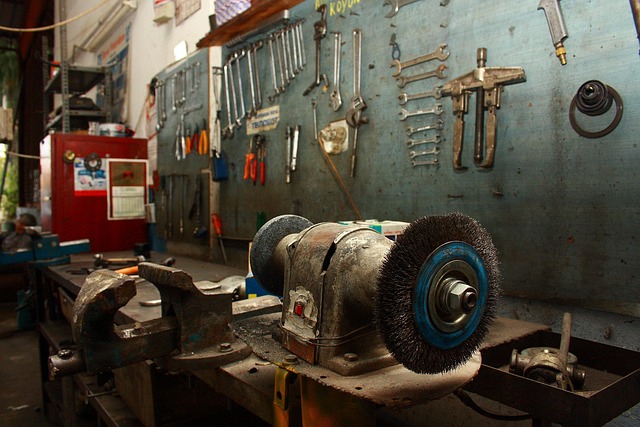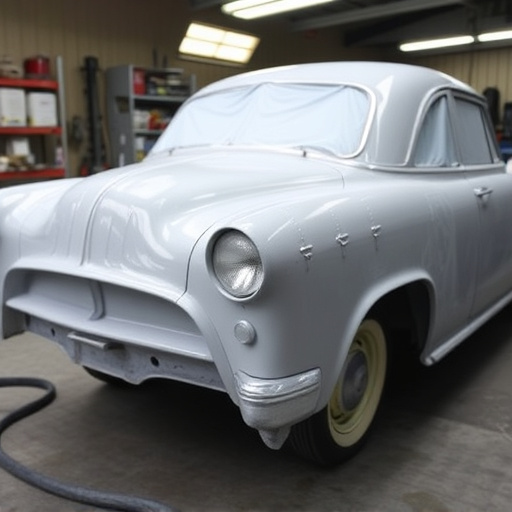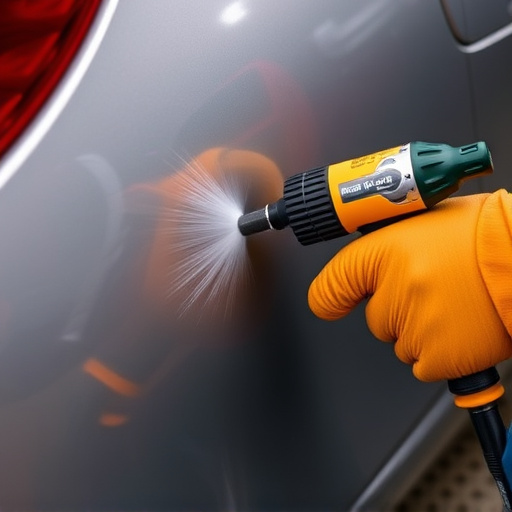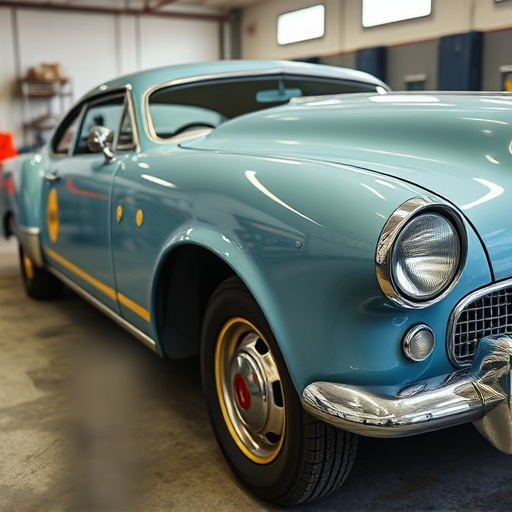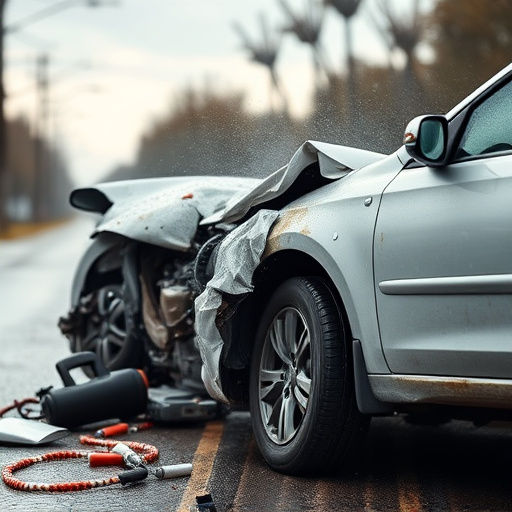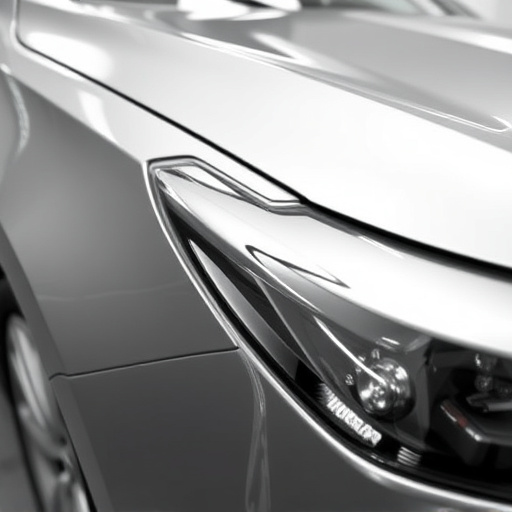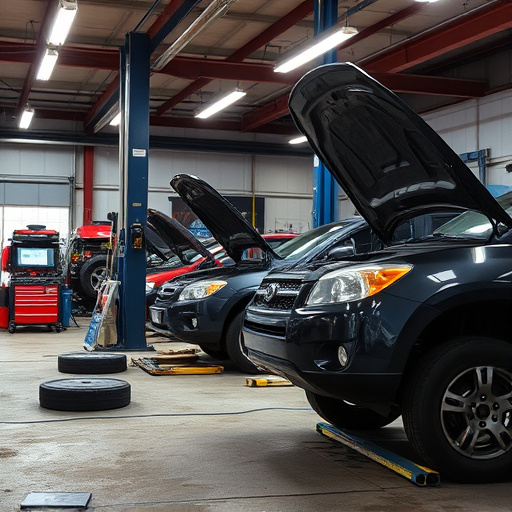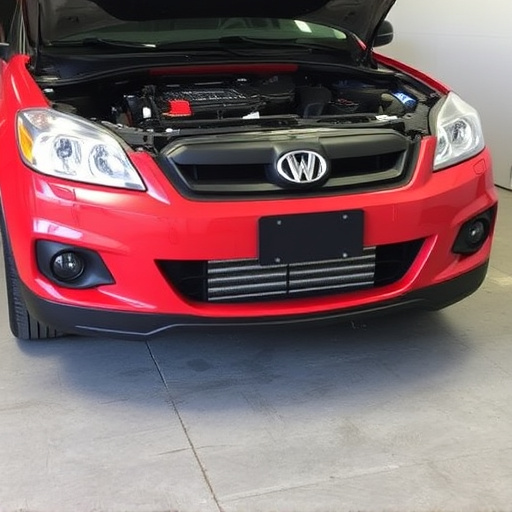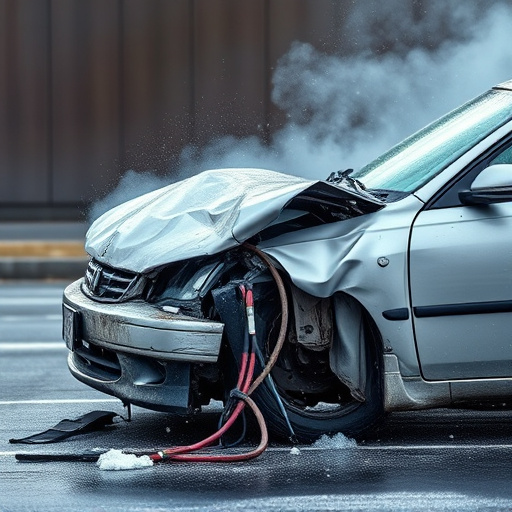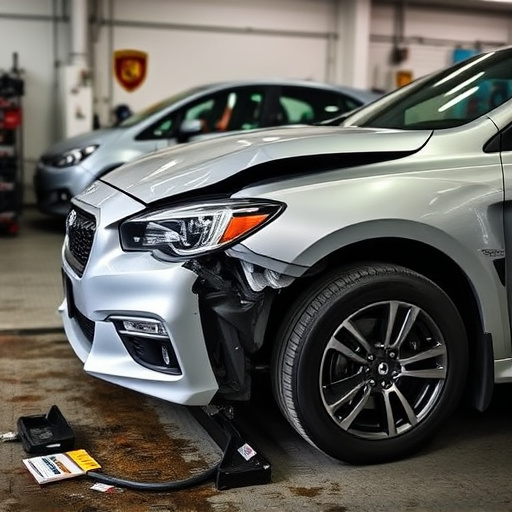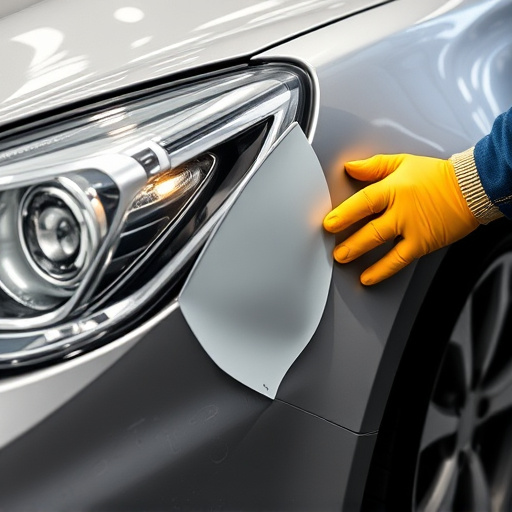Digital frame measuring tools, using laser tech and digital methods, revolutionize auto repairs by accurately assessing vehicle frame dimensions, leading to faster turnaround times, enhanced work quality, and customer satisfaction. Regular calibration and maintenance are vital for accuracy and longevity, ensuring consistent measurements for high-quality repairs. Utilize top-tier tools and organize workspaces for maximum efficiency in tasks like dent removal or fender repair.
Discover the best practices for utilizing digital frame measuring equipment to optimize your projects. This comprehensive guide explores the intricacies of understanding this technology, from calibrating and maintaining your tools to maximizing efficiency during measurements. By following these key practices, you’ll ensure accurate results and streamline your workflow, making digital frame measuring a reliable and essential part of your process.
- Understanding Digital Frame Measuring Equipment
- Calibration and Maintenance: Key Practices
- Maximizing Efficiency During Measurement
Understanding Digital Frame Measuring Equipment

Digital frame measuring equipment is a revolutionary tool used in the automotive industry, particularly in collision centers and auto repair shops. It’s designed to accurately assess and record the dimensions of vehicle frames, which are crucial for ensuring proper alignment and structural integrity during auto body work. These advanced systems employ laser technology or other digital methods to capture precise measurements, offering a more efficient and reliable alternative to traditional manual measuring techniques.
Understanding how this equipment functions is essential for professionals in the field. Digital frame measuring tools can quickly detect and record subtle changes in a vehicle’s frame, making it easier to identify damage or misalignments. This data enables technicians in collision centers and auto repair shops to make informed decisions, facilitating more accurate repairs and faster turnaround times. By adopting these best practices, they can maximize the benefits of digital frame measuring equipment, ultimately enhancing the quality of their work and customer satisfaction.
Calibration and Maintenance: Key Practices
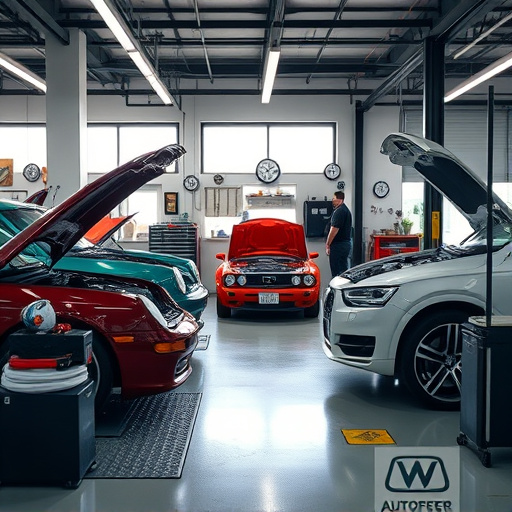
Proper calibration and regular maintenance are essential practices for ensuring the accuracy and longevity of digital frame measuring equipment. Calibration ensures that the device provides precise measurements, which is crucial when working with intricate auto repair or collision repair services. It involves adjusting the instrument to conform to a known standard, guaranteeing consistent and reliable results. Regular maintenance, on the other hand, includes cleaning, checking for wear and tear, and replacing any faulty components. This proactive approach minimizes errors and delays in both auto repair shop and collision repair processes, ultimately enhancing efficiency and customer satisfaction.
By adhering to these key practices, users can maintain the integrity of their digital frame measuring equipment. Just as a well-calibrated tool is indispensable in a collision repair setting, regularly maintained devices ensure that measurements are consistent and accurate across various projects. This attention to detail contributes to higher quality work and reduces the risk of costly mistakes, whether in an auto repair shop or collision repair facility.
Maximizing Efficiency During Measurement
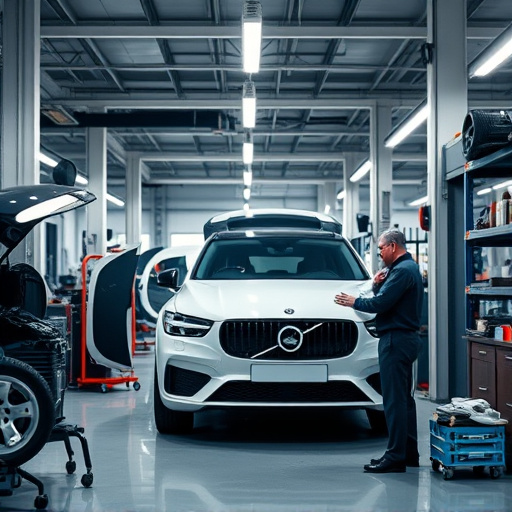
To maximize efficiency during digital frame measuring, ensure your equipment is properly calibrated and maintained. Regular checks and updates ensure precise results, preventing costly mistakes in tasks like car restoration or fender repair. Using top-tier tools designed for digital frame measuring can significantly streamline processes, such as car dent removal, by providing accurate data from the outset. This reduces the need for multiple attempts and manual adjustments, saving time and resources.
Moreover, efficient measurement practices involve organizing your workspace to facilitate smooth access to all equipment and components. A well-organized space enhances quick identification of required tools, minimizing delays during frame measuring tasks. This is particularly beneficial in scenarios like fender repair, where a seamless workflow directly impacts the quality of the eventual restoration or repair job.
Digital frame measuring equipment offers precise and efficient solutions for various industries, from construction to manufacturing. By understanding how these tools function, implementing regular calibration and maintenance, and adopting best practices during measurements, users can ensure accurate, reliable results. Incorporating these strategies into workflows enhances productivity, reduces errors, and leverages the full potential of digital frame measuring technology in today’s advanced work environments.

